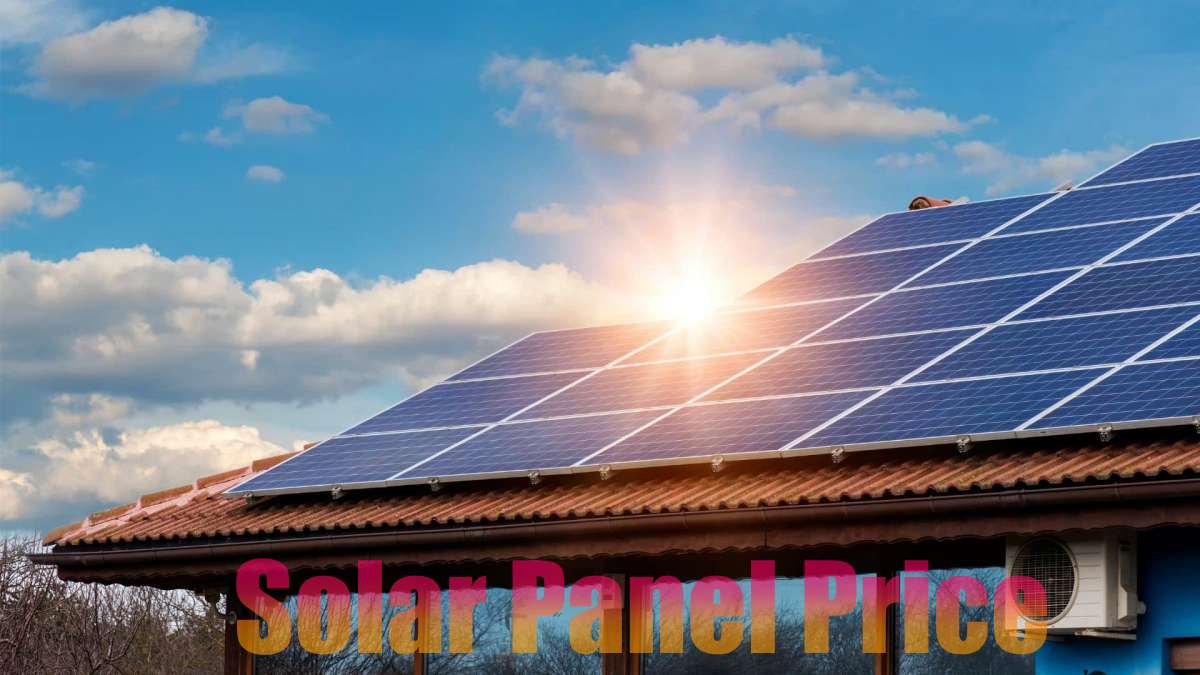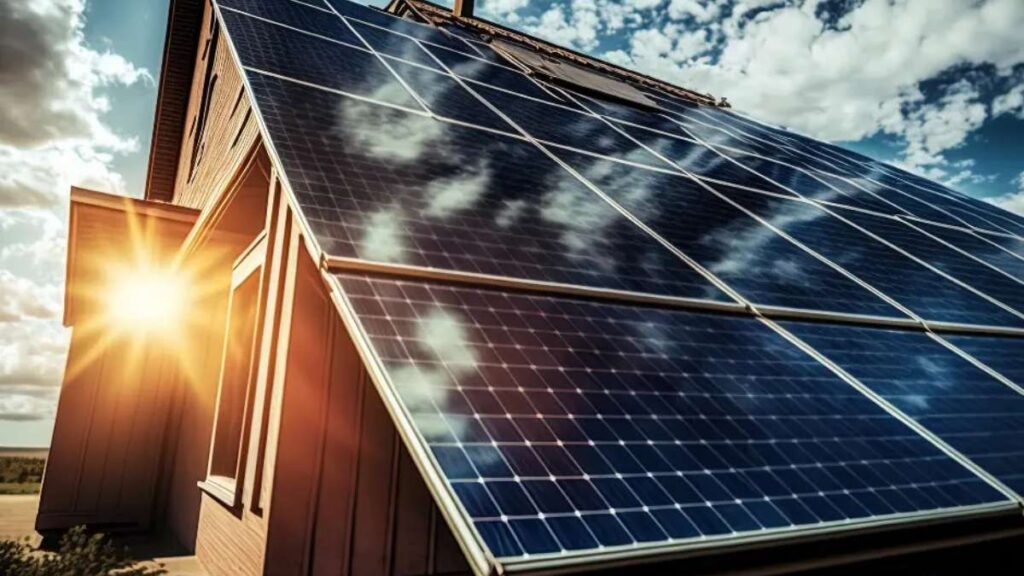A Solar Panel is a device that converts light energy from the Sun to electrical energy. Solar Panels consist of Polyvoltaic Cells (also called PV cells or solar cells) that absorb energy from sun rays and convert it to DC current, which can then be further processed by a power inverter to deliver power to appliances in a home or business. Cameroon’s solar panel price ranges from 40,000 FCFA to 150,000 FCFA depending on power capacity and quality.
Solar Panel Price in Cameroon
Solar panels are available at leading online stores in Cameroon and at leading retailers of solar power solutions in the country. The price of 200W monocrystalline solar panels starts at around 40,000 FCFA. A 200W polycrystalline type starts at 73,000 FCFA. You can buy a Solar Panel starting at 10W for 15,000 FCFA.
Note that solar panels can come with different output voltages. Hence a 200W solar panel may offer 12V, 24V, etc. You can connect several solar panels in series to get your required voltage output.
However, do not just look at the price. Consider the quality and reputation of the brand. Top global brands include Trina Solar, Canadian Solar, JinkoSolar, JA Solar, Hanwha Q CELLS, First Solar, Yingli Green, SFCE, Sharp Solar, ReneSola, and SunPower Corp, Samsung, and Kyocera.

Types of Solar Panels
For home and office applications, there are basically two types of Solar panels to choose from:
- Monocrystalline Solar Panels
- Polycrystalline Solar Panels
Monocrystalline solar panels
Monocrystalline solar panels were the first type of solar panel and have benefited from years of research and development. The cells are made from a single continuous Silicon crystal hence the name. They are usually black and the most popular in the market.
They are more appealing to the eye and have better efficiency. They are, however, more expensive and are popular with RV solar panels.
Polycrystalline Solar Panels
The polycrystalline solar panel consists of solar cells made from multiple crystals of Silicon. They are usually blue and are cheaper than monocrystalline solar panels. They are also said to have a better temperature tolerance than mono panels.
This means that a polycrystalline solar panel will handle temperature fluctuations better. However, because they are less efficient, you will need a more extensive poly panel to match the power output of a monocrystalline solar panel.

Solar Panel Overview
A Solar panel consists of an array of photovoltaic cells, connected in series and parallel to deliver rated voltage and power. The PV cell is made from pure Silicon doped with an element like Boron to create an N-type and P-type layer.
An electric field is created at the junctions (boundaries) between the N-type layer (consisting of Silicon) and the P-type layer (doped with Boron). This electric field creates a barrier that stops electrons from moving across the junction, creating an open circuit.
However, when a PV cell is exposed to sunlight, energy-carrying particles in light called photons continuously strike the P-N junction area of the cell and are absorbed.
When the energy absorbed from the photons is high enough to break the potential barrier created by the electric field, electrons begin to move across the junction, making the electrical current.
Solar panels are a significant component of a solar energy system. They are connected to a solar inverter to deliver electrical energy to appliances in the home or office. The solar panel is connected to the inverter via a solar charge controller when used with a regular inverter.
The solar charge controller connects the solar panel to the inverter battery. A Solar panel can last 10 to 30 years, depending on the type and/or terrain.
Solar Panel Features
A Solar panel is rated by its output voltage and power. However, the output voltage is just nominal as the actual output voltage will vary depending on the intensity of sunlight. So, it is possible for a solar panel rated 12V to generate 18V or even more. The maximum current is also usually listed.
Solar panels are available with different power outputs ranging from 10W to 320W. Usually, you will have to connect several solar panels in series and parallel to deliver the required voltage for the inverter and power required to power your appliances.
Another feature to consider is the efficiency of the solar panel. Usually, this ranges from 7% to 20%. This figure tells how sensitive the solar panel is to light. A high number is always good because you can get more output from a smaller board, saving space.
To ensure you take good advantage of the efficiency of your solar panel, it is a good idea to tilt your solar panel assembly to the same latitude as your installation address.
For example, suppose you are mounting a solar panel in Douala. In that case, tilting the panel to around 6.5 degrees (the approximate latitude of the area) to the ground will catch the optimum amount of sunlight throughout the day.
Furthermore, you can also install the solar panel with a solar tracker that will automatically tilt the solar panel depending on the angle of the Sun, ensuring you catch the highest amount of sunlight irrespective of the time of day. However, such an installation is complicated, costly, and requires frequent maintenance.
How long can a solar panel lasts?
A Solar panel can last between 10 and 25 years. However, it degrades over time. For example, a solar panel could offer 10 years at 90% of rated power, 20 years at 85% rated capacity, and 25 years at 80% rated power.
Degradation can also be rated in percentage degradation per year. e.g., 1% per year, 1.5% per year, or 2% per year. If you bought a 200W panel with the above degradation rating, the board would offer 180W after 10 years, 170W after 20 years, and 160W after 25 years.
Read more on the advantages of solar panels.










